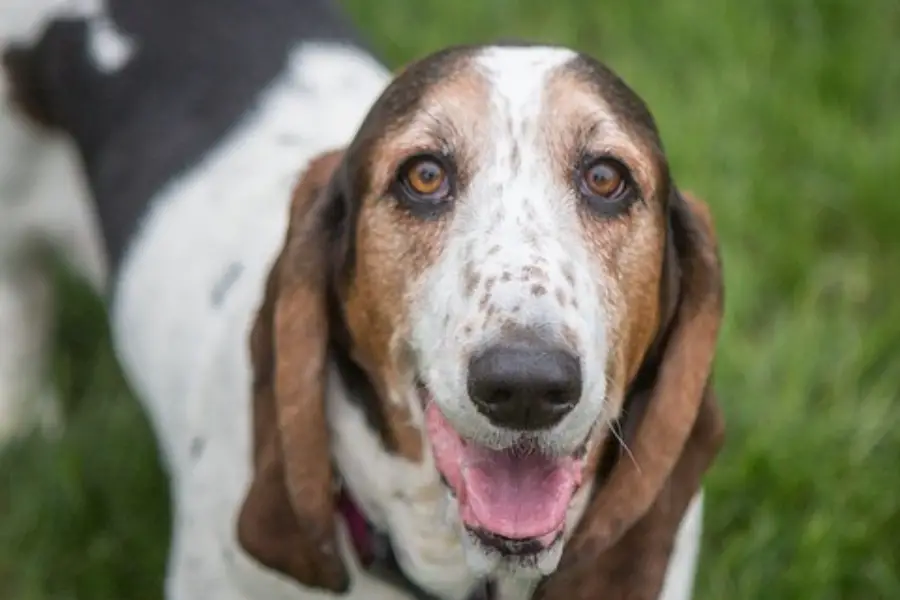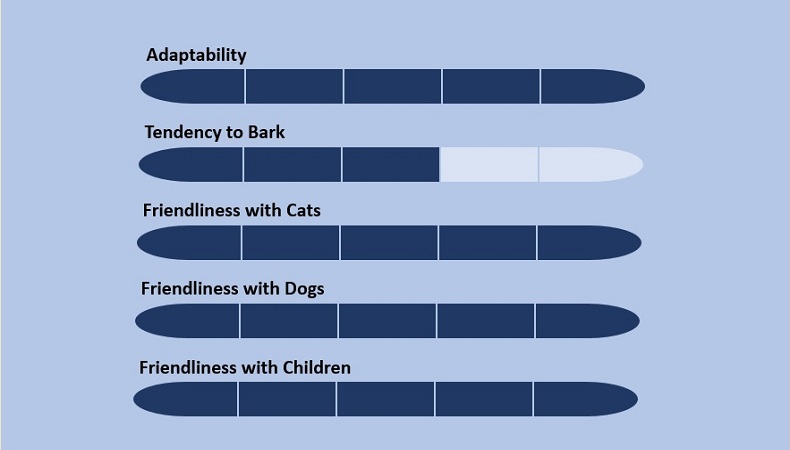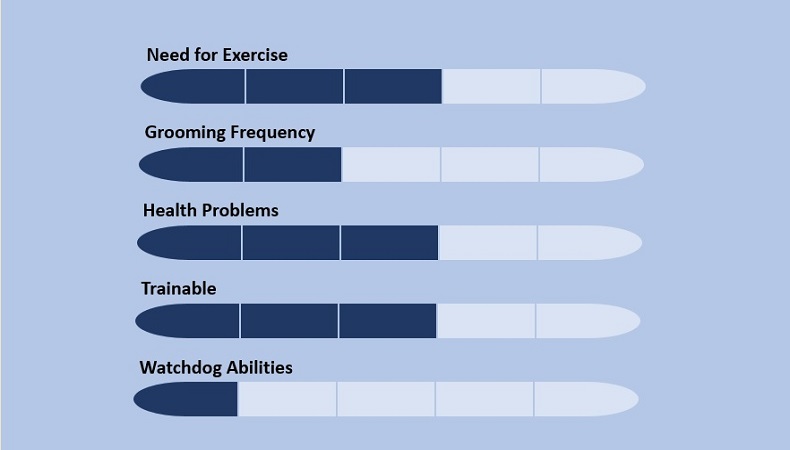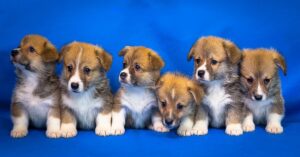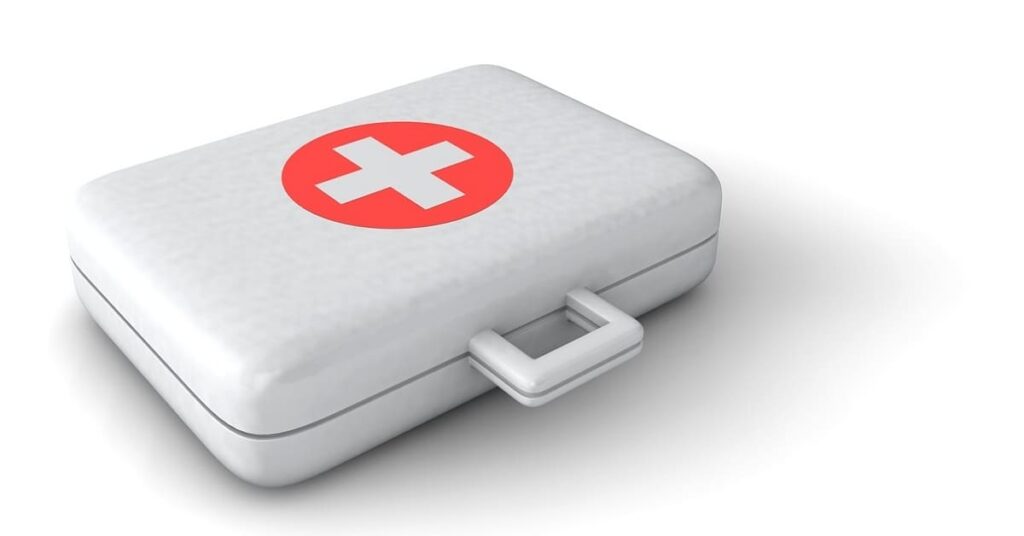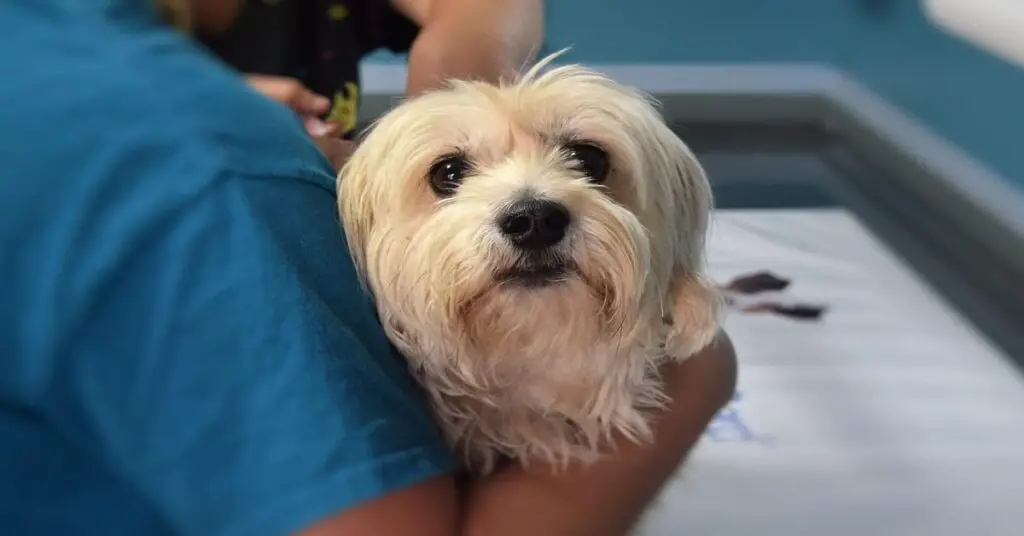BASSET HOUND
Also Know as:
Hush Puppy, Basset
.
.
Origin: France
Type: Pure Breed
Height: 11 to 15 inches
Weight: 45 to 65 pounds
Life Expectancy: 10 to 12 years
BASSET HOUND TEMPERAMENT
Basset hounds are known for their calm and friendly disposition. A very loyal and amiable companion, they would readily play with kids and get along well with people around them, but once in a while would display their stubborn side.
Basset hounds when left alone tend to laze around, eating and sleeping excessively. They are not the type of dogs that love exercising. Their sad face feature tends to make people emotional about them which can lead to overpampering or overfeeding them, especially on treats. When you combine this with their tendency to be lazy, you get an overfed and fat Basset Hound. Pet parents should try as much as possible to avoid this temptation.
There is also the challenge of obedience training as they will do anything to get their treats but tend to forget all things after that. Housebreaking is a big problem when it comes to Basset Hounds.
Their drive for the hunt is high and so it is advisable to have them on a leash especially when going on walks.
.
You can get Free Dog Training Videos Here
.
BASSET HOUND PHYSICAL APPEARANCE
Basset hounds are large dogs with short legs giving the physical impression of dwarfism in dogs. The short legs give them a small height of eleven to fifteen inches. They also have long ears falling low by their sides with strong necks. Their skin is loose, giving the impression of a lack of elasticity especially in their faces, and leading to wrinkles in this area. There is also the hanging skin structure on their faces making them look sad all the time and luckily for the Basset hound this saggy sad face is one of their attractive features. Their tails are long and are usually pointing upwards with a curve.
As per color, they most of the times come in tricolors of “white, black and tan”, but they can also occur in “lemon and white” or “red and white colors”, this can be red spots on their white fur or a solid red color with white feet and tails.
Specifics on weight and height for the male and female Basset hounds. The male weighs between fifty to sixty-five pounds and has a height between twelve to fifteen inches, while the female weighs between forty-five to sixty pounds and has a height between eleven to fourteen inches.
BASSET HOUND CHARACTERISTICS
BASSET HOUND CARE
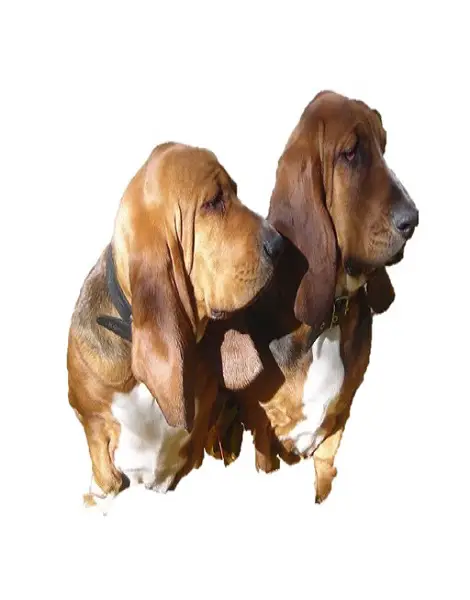
BASSET HOUND HISTORY
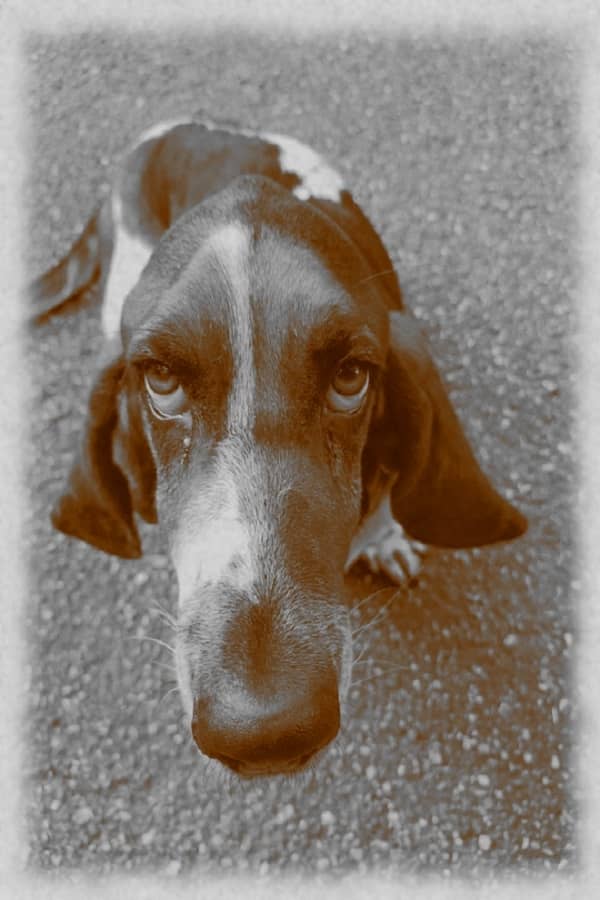
Basset Hounds are believed to have originated from medieval France. Back then, Friars of St. Hubert’s Abbey wanted shortlegged dogs for tracking their hunt’s scent in thick forests, especially under bushes where they could no navigate. In those times, hunting was a classic sport, much in the same way we see golfing today. In this sense, you can say that the Basset Hound is an aristocratic breed from a French lineage much in the same way as Bloodhounds are.
Originally bred to hunt rabbits and hare, their main job was to trail their hunt and not attack or kill them, that was the job of the hunter. Their name “Basset” can be linked to the French word low and in some cases dwarf, translated literally as “dwarf hound”
The first use of the word to describe this breed was found in an illustrated test about hunting in 1585 which was written by Fouilloux.
The medieval Basset Hound at that time bore a resemblance to the Basset Artésien Normand, which still exists today but is not officially recognized outside France. Many short-legged dogs were bred during this period, but lack of proper documentation has led to the loss of information on these breeds.
From the records we have, we believe a Basset Hound was given as a gift to George Washington by Marquis de Lafayette. We also know that the Basset Hound got international recognition and fame after featuring at the Paris Dog Show in 1863. During this period the two popular types of Bassets were the Basset Griffon which has a rough coat and the Basset Français having a smoother coat. These were from the most popular breeders at that time M. Lane and the Count Le Couteulx.
Lord Galway from England decided to import a pair of these Basset hounds from Count Le Couteulx in 1866, but it wasn’t until 1874 that a major number of Basset Hounds were imported into England. From here they started spreading into other regions and America. In 1884 the English Hound club was formed and The breed became recognized by the American Kennel Club as far back as 1885. Time Magazine then featured a Basset Hound on its front cover in 1928, making the breed more popular. Seven years after this, the Basset Hound Club of America was formed.
In 1943, the character Droopy the dog was created by Tex Avery for Metro-Goldwyn-Mayer cartoon studio. It became an instant hit skyrocketing the Basset Hounds popularity, so much so that the next year 1964, the breed was revalued and a new standard for it was adopted by the American Kennel Club.

Hi, I am Charles Nwankwo Editor-in-Chief, Mydoggything.com. Gleaning from Professional Dog Trainers, behaviorist, Registered Veterinarians, and Breeders. We are passionate about making dog care easy for you. My job is to make sure that you get the best-updated dog care information to understand and take care of your dog or dogs.
